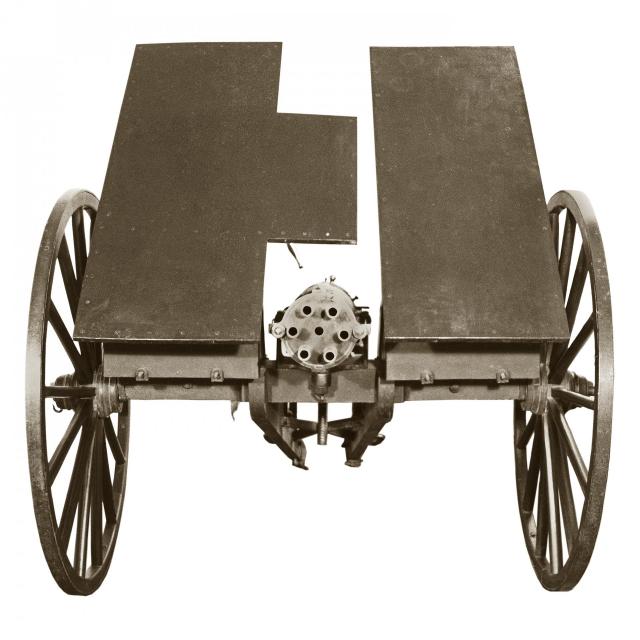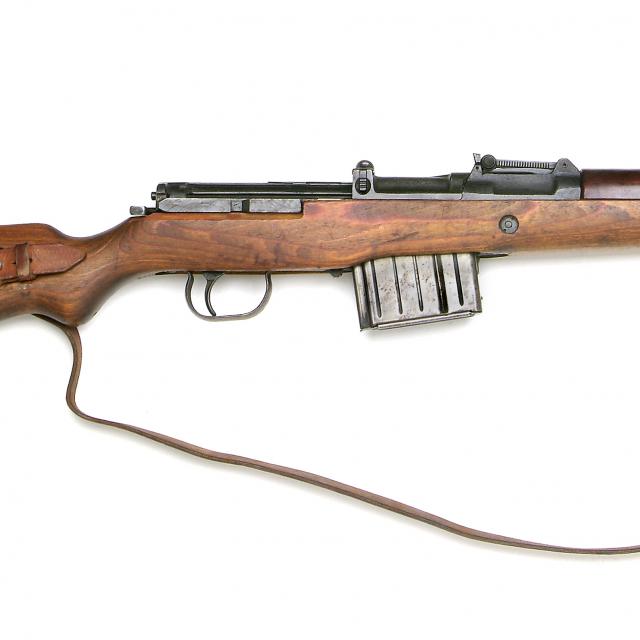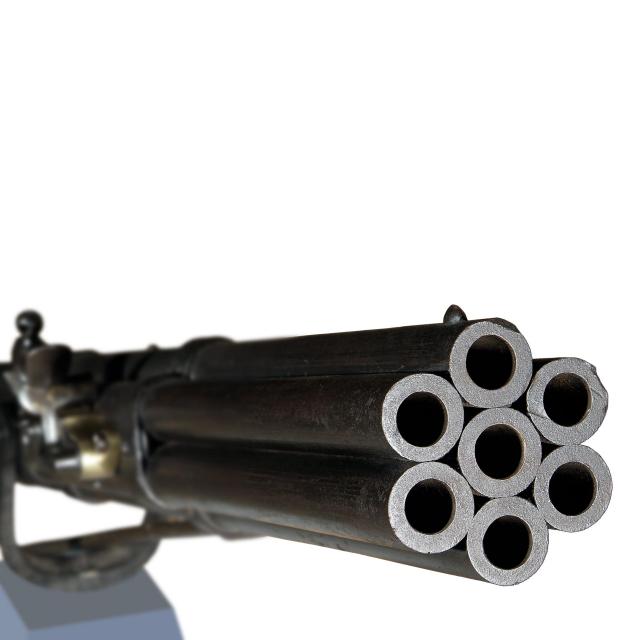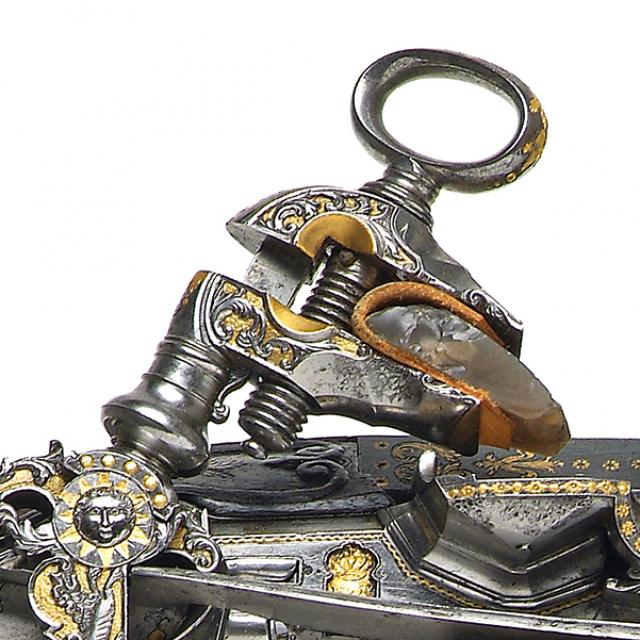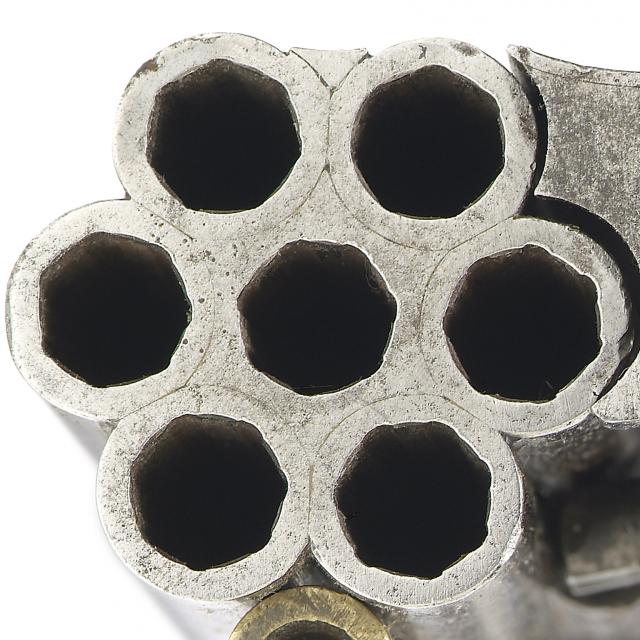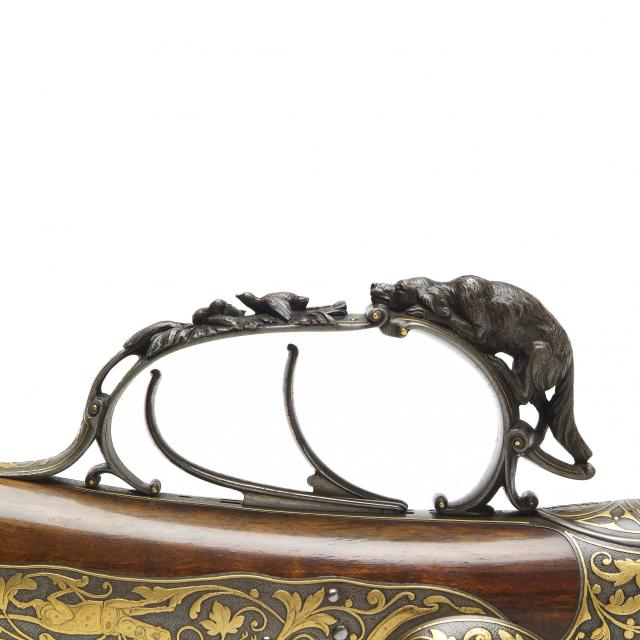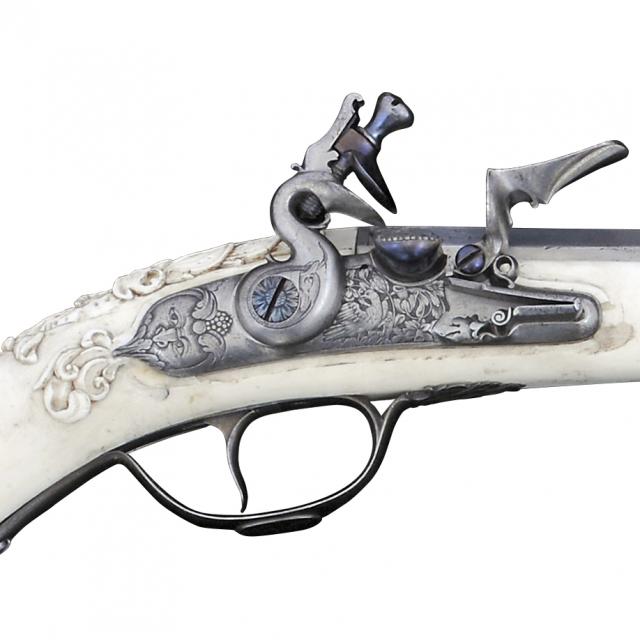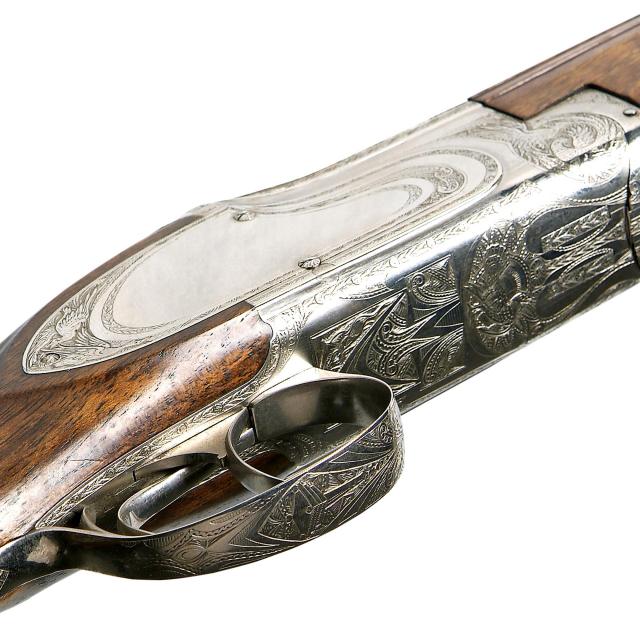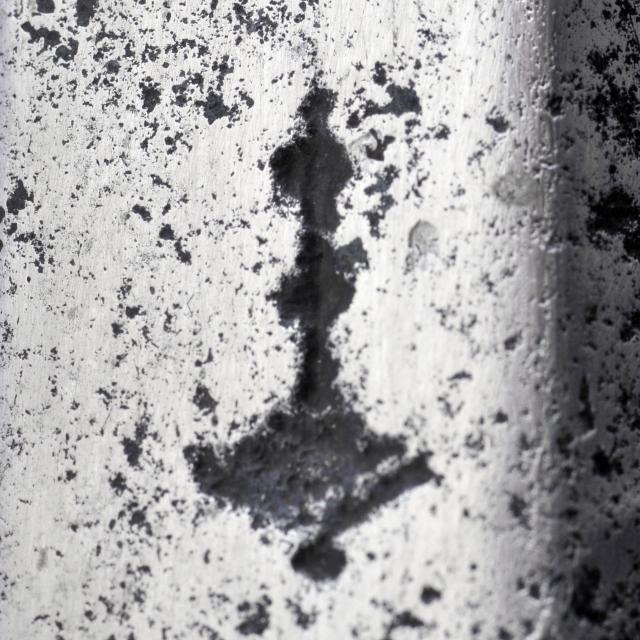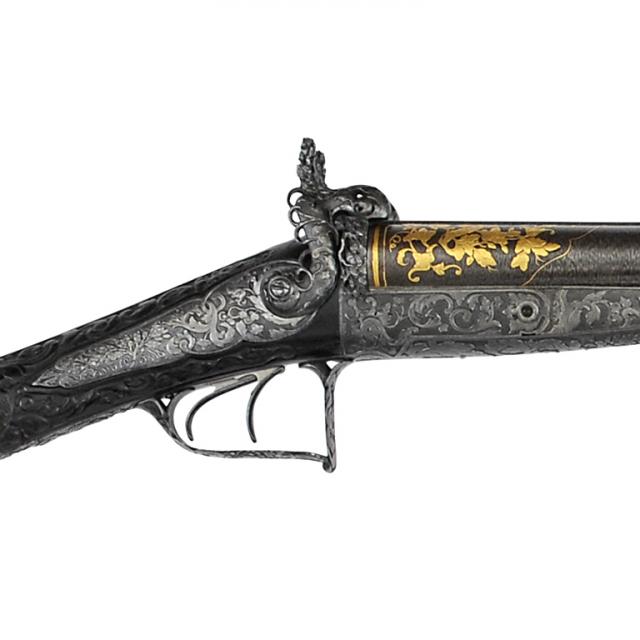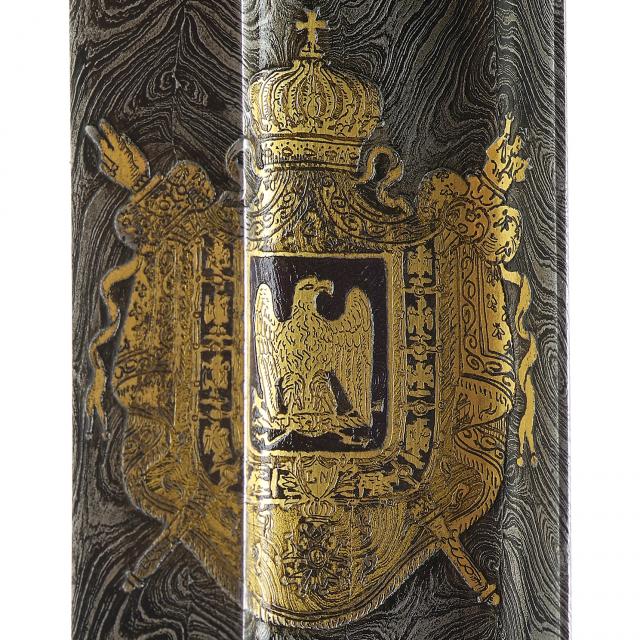Weapons
The Arms Museum is one of the oldest museums in Liège; it opened in 1885, on the initiative of the municipal authorities and thanks to the initial donation of a local arms producer, Pierre-Joseph Lemille. This is how the desire, which had been expressed by various authorities, to provide our city with a permanent structure entirely dedicated to one of its most characteristic industries – arms – came to be. At that time, and for a long time before, Liège was indeed one of the principal cities in the world for the production of portable weapons.
The Arms Museum, which is still one of the leading museums of its genre internationally to this day, was located in the former hotel of Hayme de Bomal, which was formerly owned by Lemille; it occupied this until its integration into the Grand Curtius museum complex that opened in 2009.
Thus the Arms department of the Grand Curtius is the heir to the Arms Museum. It contains several thousand firearms, as well as cold weapons, which come not only from the important production centre of Liège, but also from other regions around the world.
Its collections, which cover every period in the history of weaponry, are of major interest from both a technical and aesthetic point of view, in as far as they contain, among many other exceptional pieces, some masterpieces of applied art (engraving, chiselling, inlaying, etc.).
Faced with this heritage of inestimable value, the Grand Curtius Arms department launched a thorough overhaul of their presentation in 2018, which will gradually see them located in the splendid and monumental palace built sometime around 1600 by Jean Curtius, a wealthy merchant who made his fortune in the trade of arms and gunpowder, and an ammunitions officer for the Spanish army, whose residence now bears his name.
The collections are being installed gradually. 20 September 2018 saw the inauguration of the first of three stages in this complete renovation on the first floor of the Curtius Palace, with the section dedicated to civilian weapons (hunting and sports) and defence weapons (pistols and revolvers), which now display some six hundred remarkable pieces from gunsmith history between the 16th and 21st centuries. This course will be tripled with a second course on hunting knives and a third course on the gunsmith's trade. These two tours will be set up following the chronological and technical logic of the first tour already in place.
The second floor dedicated to military firearms was inaugurated in September 2021 and presents this theme through three main spaces. The first space consists of a didactic corridor based on a chronological succession of weapon systems, the aim of which is to explain the tactical and strategic contributions of firearms on a historical and technical level. A second area allows visitors to discover these weapons in an international and chronological tour accompanied by projections that put these weapons in their context. The third area is devoted more specifically to Liège and Belgian production through three rooms on the themes of the Belgian Army, exports and finally the 19th century in Liège, considered to be the golden age of Liège armoury.
Then, on the third floor of the Palais Curtius, edged weapons and protection from the Middle Ages to the present day will be exhibited. The aim of this space is to present objects of the same type, in order to give a more focused tone on the concepts of military art through the ages and places.
Thus, between two and three thousand weapons will be displayed on the first three floors of the Palais Curtius. Thus, in successive stages, in the wake of what it was at the time of its creation, one of the jewels of Liège's heritage is being reborn, attracting both the Belgian and foreign public.
Loïc Servais, Curator of the Arms Department
loic.servais@liege.be
One of the oldest preserved spinning weapons that bears a date ...
Wheel-lock rifle
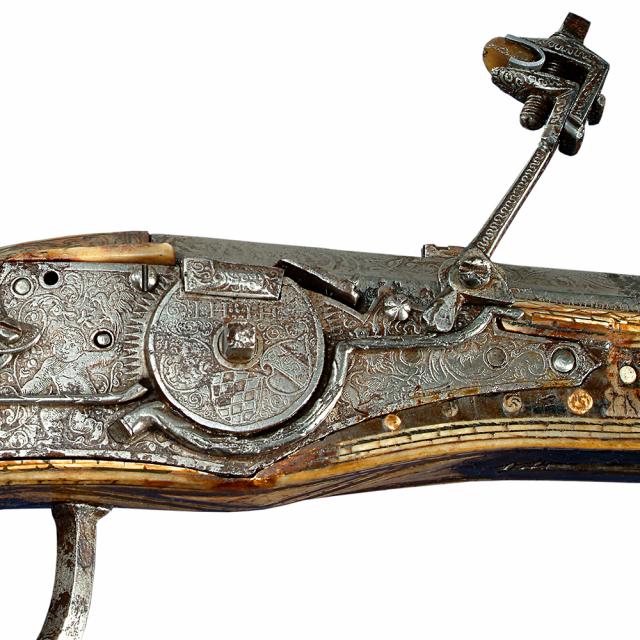
Combinable hunting rifle and blade
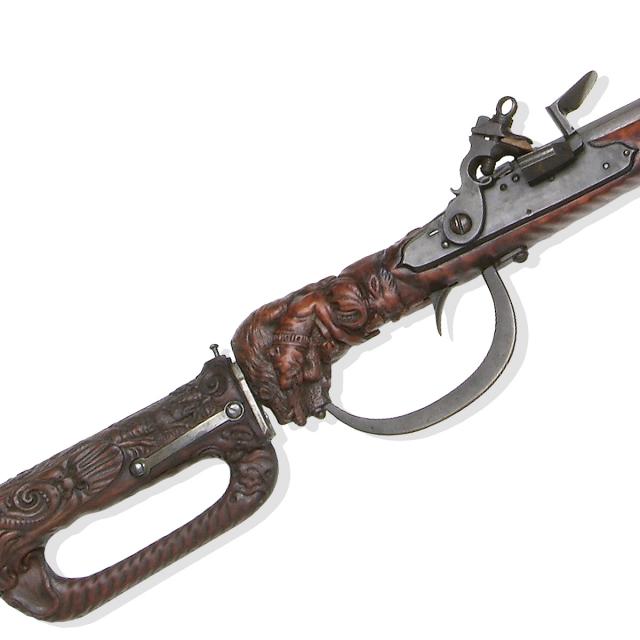
“Zulfiqar” sabre
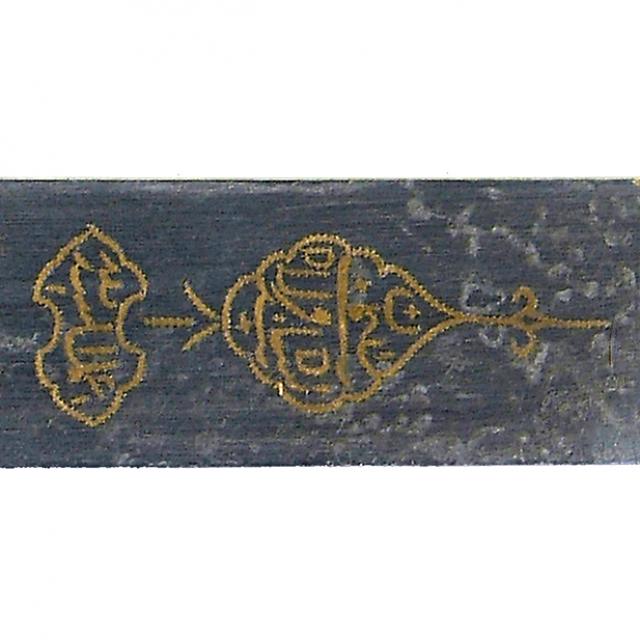
Twin pistols
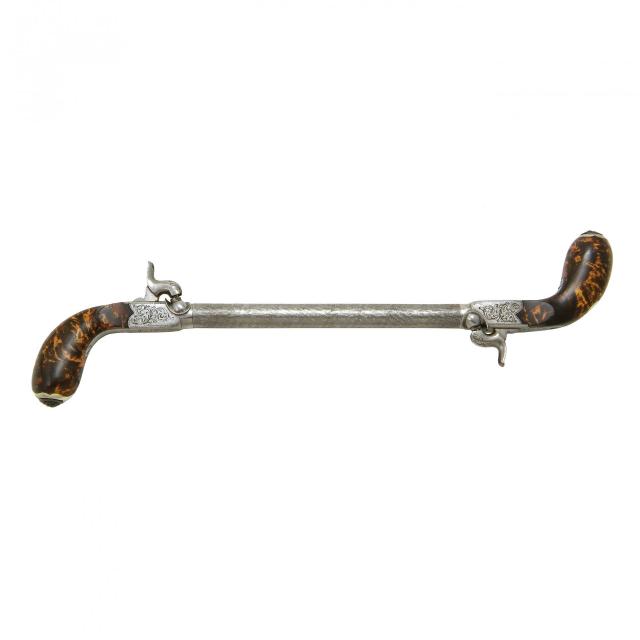
Wheel-lock rifle

The unavoidable
Polish rifle
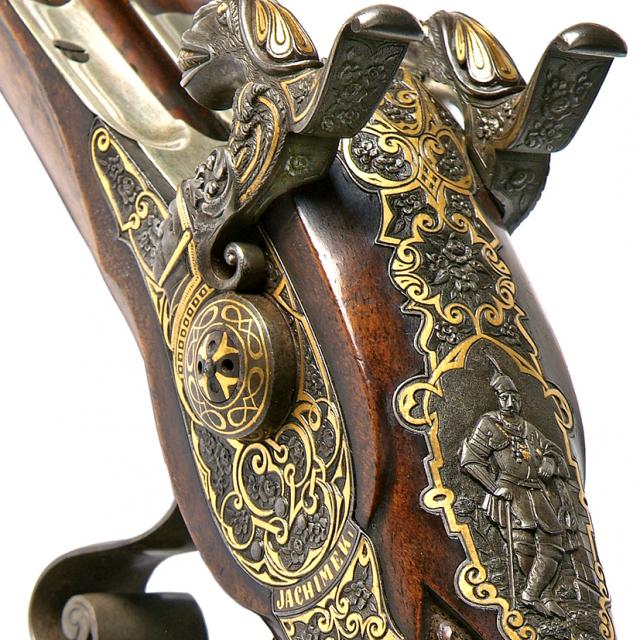
Curator's note
At first glance, it can be difficult to see a weapon, let alone a firearm, as an object of art, but when one looks more closely at the richness and diversity of our collections, which cover every period in the history of weaponry, it becomes easy see things differently. Our collections are indeed of major interest from both a technical and aesthetic point of view, in as far as they contain, among many other exceptional pieces, some masterpieces of applied art (engraving, chiselling, inlaying, etc.).
Armoury is an exciting subject. Those who are interested in it know just how exciting it can be. For others, it can quickly become a subject of interest, because it is an extremely comprehensive field, which calls upon both intellectual abilities (we move, for example, from history to science) and manual skills: this requires great flexibility and flawless technique, as well as immense expertise.
In addition, hunting weapons, as well as weapons of war, were essential factors in the development, and indeed the progress, of humanity; they are a key part of our heritage. For these reasons, they deserve for their technical and aesthetic characteristics to be appreciated.
